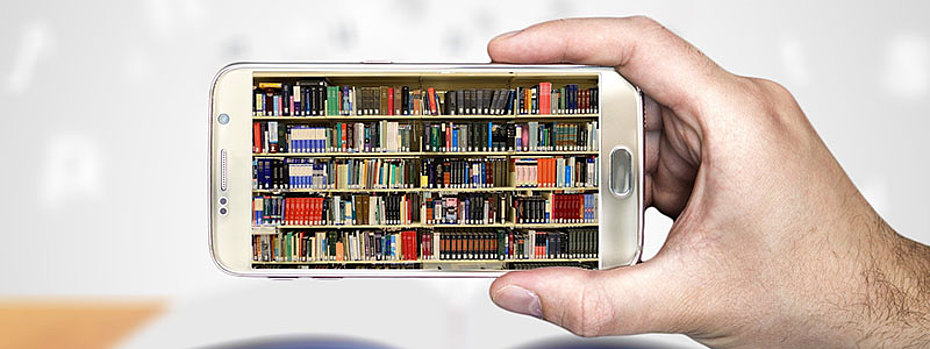Supercritical CO2 cleaning
Cleaning with supercritical carbon dioxide (CO2) is an advanced method in industrial cleaning technology. In this process, CO2 is put into a supercritical state by exposing it to a certain pressure and temperature. In this state, CO2 takes on the properties of both a gas and a liquid state, making it an extremely efficient cleaning agent.
The supercritical CO2 cleaning process offers several advantages. Firstly, the unique dual nature of supercritical CO2 enables effective penetration of microstructures and fine crevices on the surfaces to be cleaned. This results in thorough removal of contaminants, particles and residues.
Another advantage is that, unlike traditional solvents, supercritical CO2 evaporates without leaving any residue. This makes it an environmentally friendly option and reduces the need to dispose of harmful chemicals. CO2 is also non-toxic and non-flammable, which improves safety for users.
The applications for cleaning with supercritical CO2 are diverse and range from the electronics and microchip industries to food processing. It is used for precision cleaning of sensitive components, electronic parts and medical devices. Supercritical CO2 cleaning technology has established itself as an efficient and sustainable alternative in various industrial applications.
Back to listThis definition is taken from the surface technology encyclopedia from Surface Technology Online. You can find many more technical terms from the surface technology industry in our lexicon overview.
Would you like to add technical terms to the surface technology encyclopedia (also with a mention as author)? Please contact us by mail or phone to discuss further details.

